Affiliate links on Android Authority may earn us a commission. Learn more.
Computer turns on but no display on monitor? Here's how to fix that
Published onMarch 15, 2024
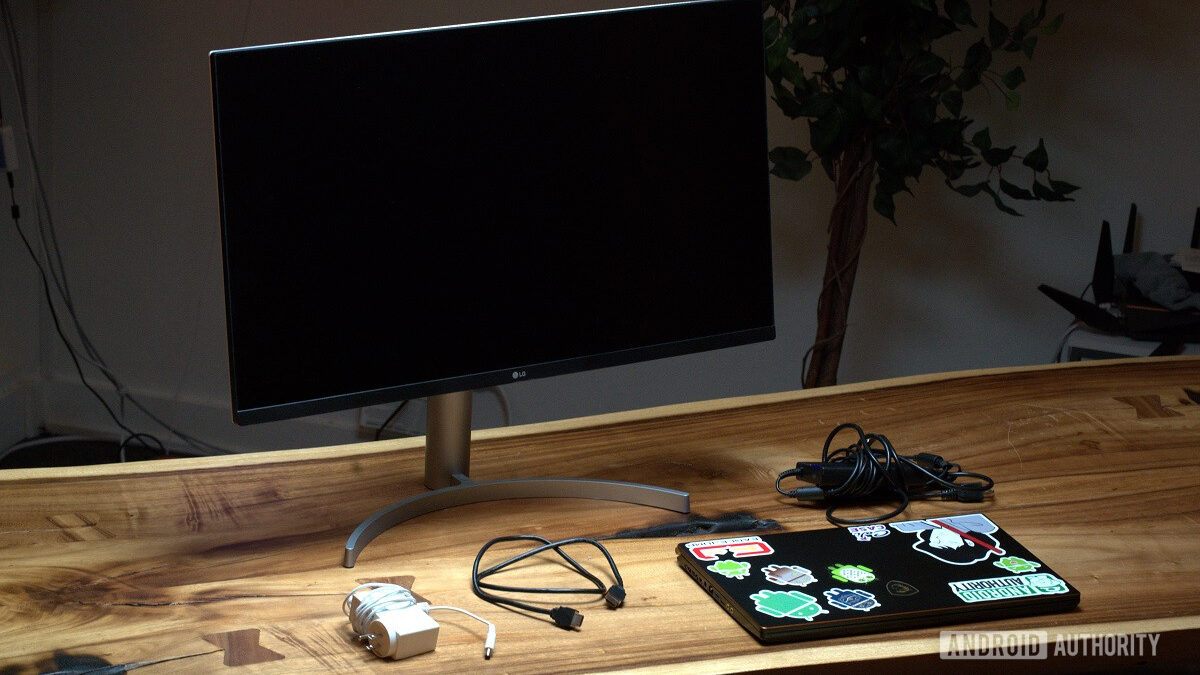
It’s the worst feeling when you turn your computer on, and there is no image to be seen. Keep calm. Let’s go over what you can do when your computer turns on but no display appears on the monitor.
QUICK ANSWER
There are multiple possible culprits if your computer turns on but no display on the monitor appears. Some solutions may include restarting the computer, checking the display settings, ensuring everything is plugged in properly, and trying another display output port. If you need some help with these procedures, or need extra tips, keep reading.
JUMP TO KEY SECTIONS
Force restart the computer
As with all things tech, a simple restart may get everything back to normal. You’ll need to try a force restart, though, as we can assume you can’t see the screen and do this from the options.
Press and hold the power button until the computer shuts down. This should take about 10-15 seconds. When the computer is off, press the power button again to turn it back on.
Check the display settings
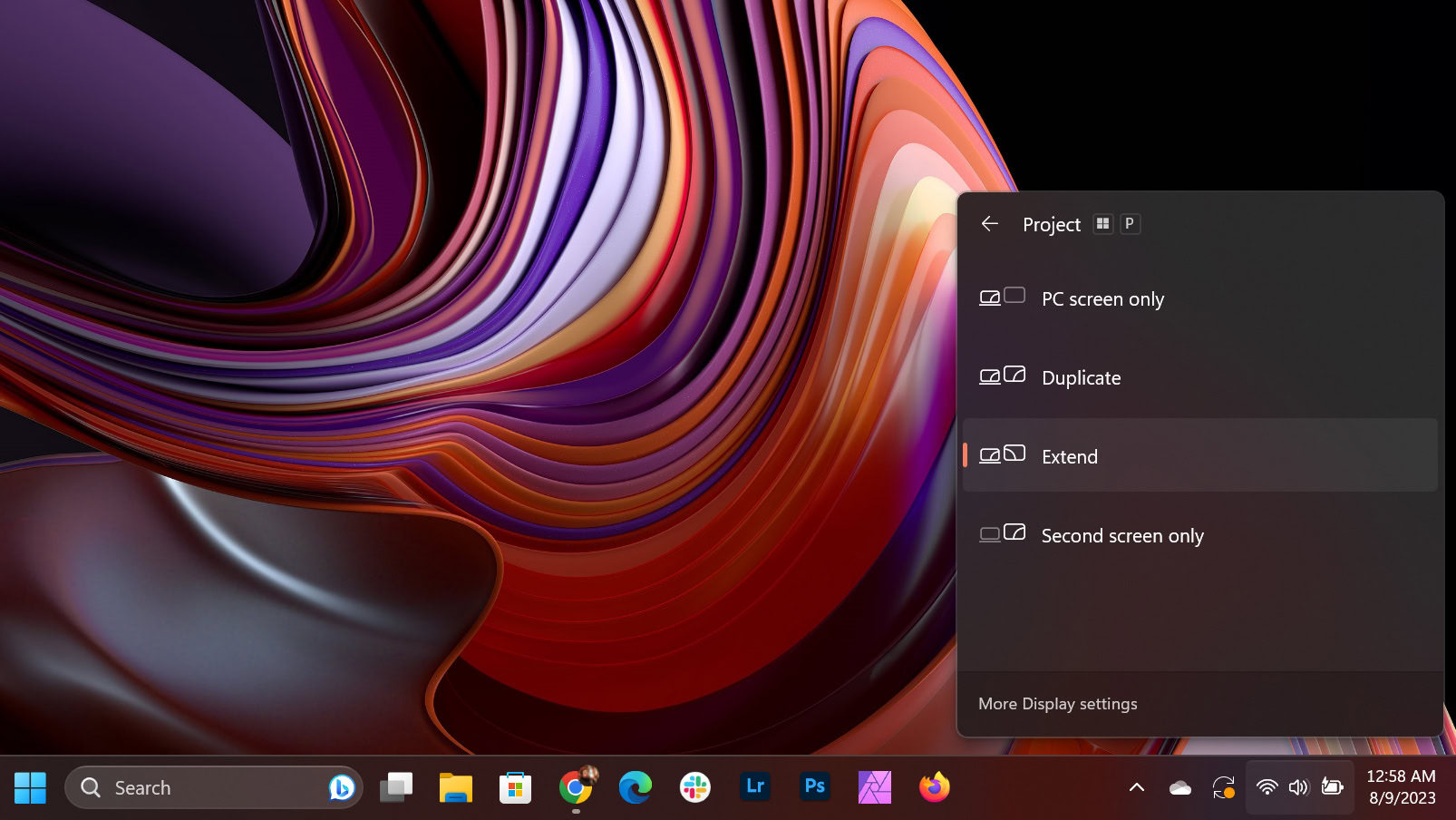
There is a chance your screen options are not configured correctly. This is especially common if you’re using multiple monitors, or a laptop connected to an external monitor.
There are ways to show only one of multiple monitors, and the button combination to switch between display modes isn’t too hard to press accidentally. If you think this is the problem, try to cycle through the display modes. You can do this by pressing Windows + P. Repeat this button combination to see if your dead monitor lights up.
Make sure everything is plugged in properly
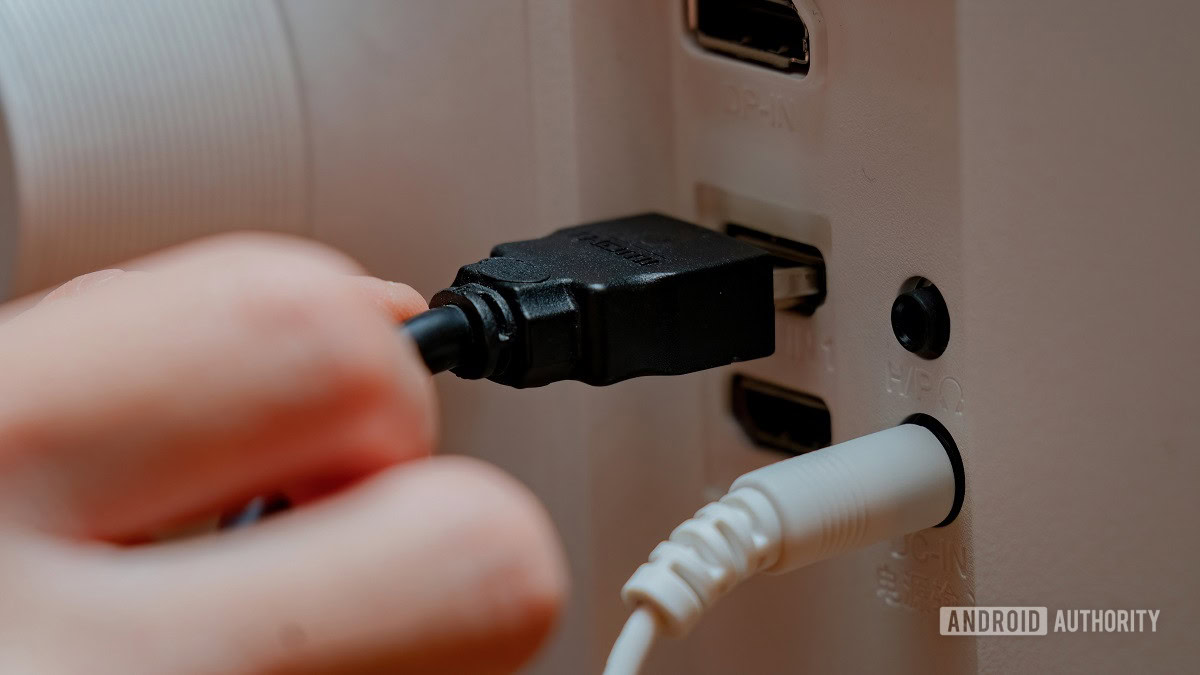
If your computer turns on but still shows no display on the monitor, it’s time to start digging deeper into the issue. Let’s ensure no cable is loose.
- Check the monitor’s power cable is plugged in all the way, both on the monitor and the outlet.
- Ensure the display cable is entirely connected on both ends.
- If you use a desktop PC, you might want to open up the tower and see if all the components are properly connected. People often fix display problems by removing and reinstalling the RAM modules, for example.
- It can help to switch up the cables, if you have any spares. There is a chance one of your HDMI cables no longer works. If this is the case, there are plenty of great options on Amazon.
Is it the monitor?
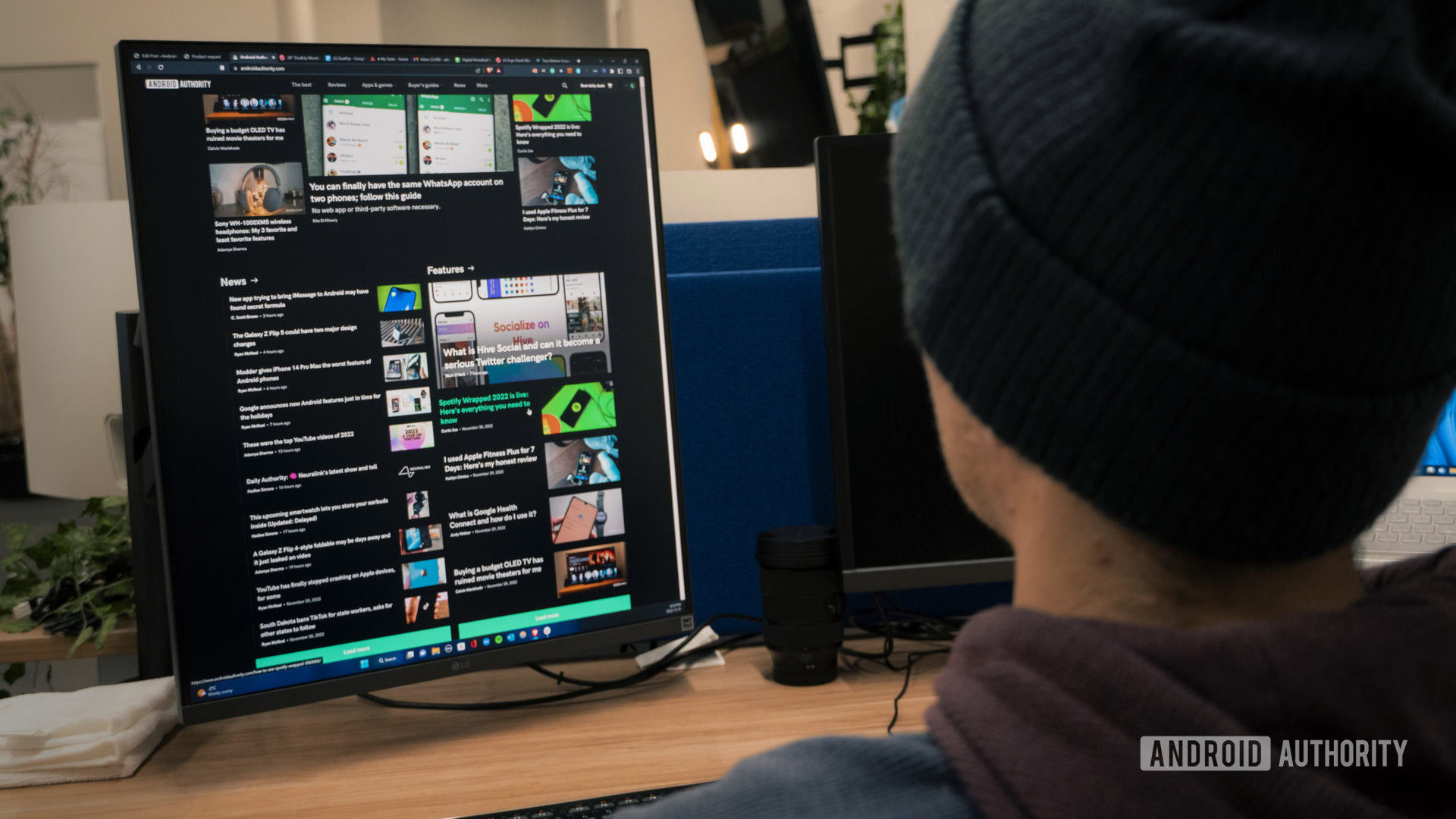
First things first, is the monitor even on? This may seem like a silly question, but sometimes we freak out when the monitor isn’t even on. Press the power button, just in case.
You may also want to plug another device into the monitor. This accomplishes two things. First, if the monitor doesn’t work with any other device, then you’ve identified the culprit. The monitor likely stopped working.
If the monitor works when you connect other devices to it, you know the issue is with your PC. Keep going through the tips below.
Use another display output
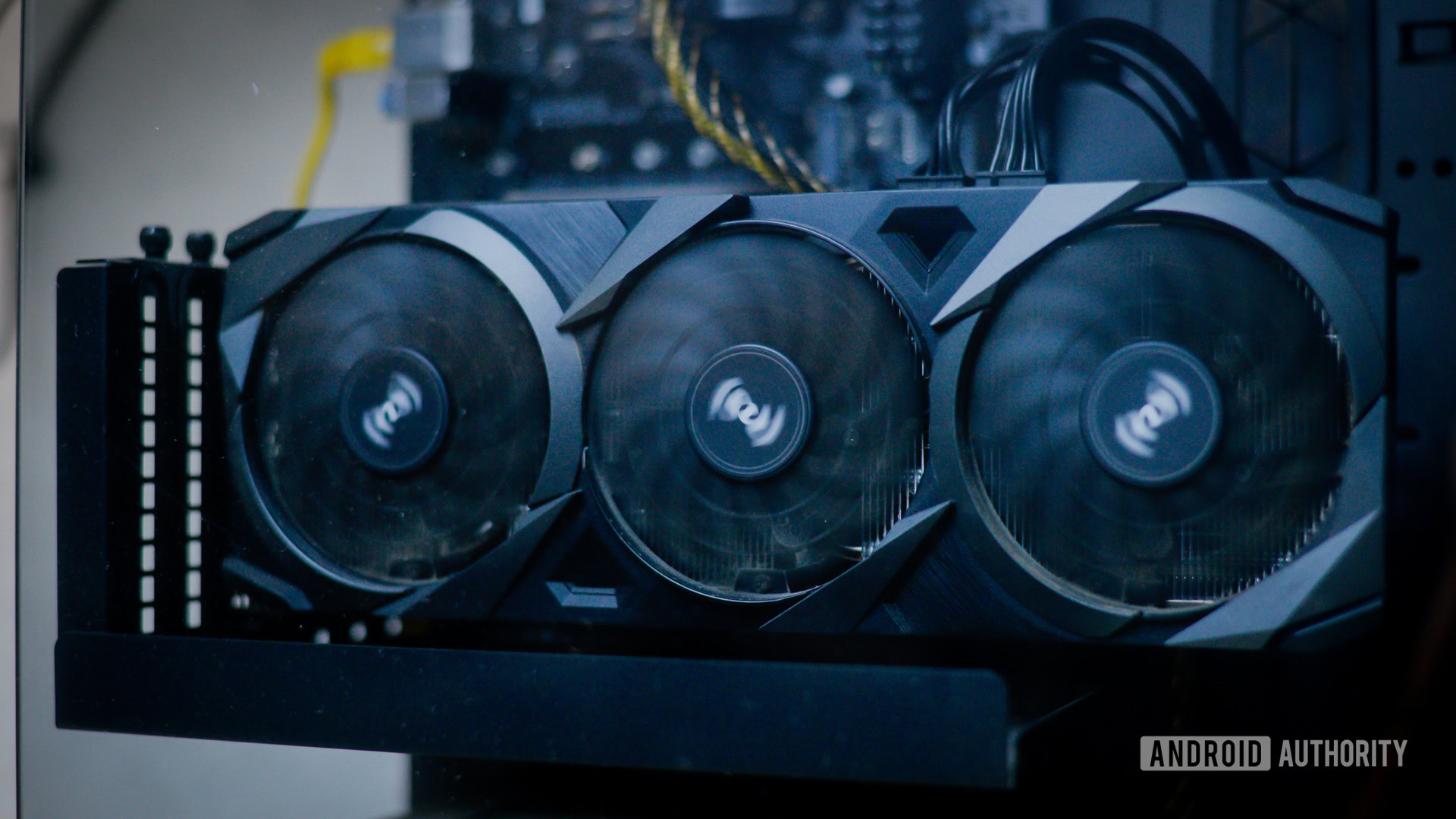
Does your computer have multiple display out ports? Sometimes, the motherboard is weird about picking which port to send a display signal to. It doesn’t hurt to try other display ports.
For example, if you use a discrete GPU, ideally, you want to connect your monitor directly to the graphics card. Try the other HDMI, DisplayPort, DVI, or VGA ports on both the GPU and motherboard. There is a chance your PC is simply sending the signal through another port.
Unplug all unnecessary peripherals
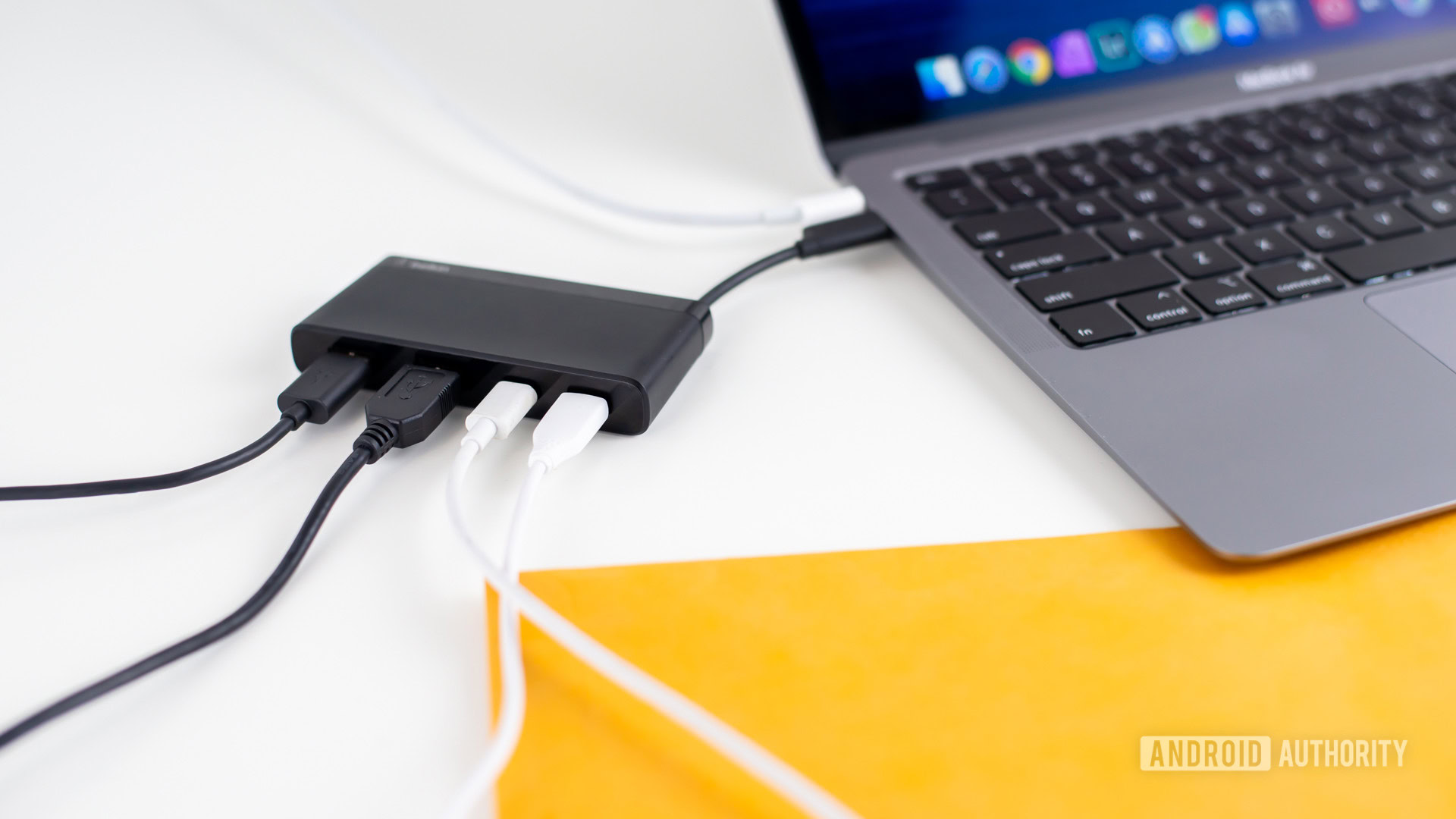
For some reason, computers can often fail when you connect too many things to them. Try to remove everything that’s not necessary. This may include external hard drives, USB drives, disc readers, printers, etc. You should probably also unplug the mouse and keyboard.
Try turning the computer on and see if the monitor works. If it does, you can plug in whatever you want and continue using your computer as usual.
Reset the motherboard BIOS
Your motherboard BIOS is what controls your computer components, and how they interact with each other. It also ensures your computer boots up appropriately. BIOS software can sometimes fail, so it may be a good idea to reset it if you’ve tried everything and you’re still having issues with your computer displaying an image.
If you want to proceed, follow our guide on how to clear and reset the BIOS memory on a PC. Just keep in mind that this will clear the time, and disconfigure any changes you may have made to the BIOS.
If you’ve tried it all, but still can’t get the display to work, maybe it’s time to get professional help. You should look into your warranty or insurance, to see if the manufacturer or insurance provider can help. Otherwise, you might have to find a technician. You can even try more renowned companies like Best Buy Geek Squad.